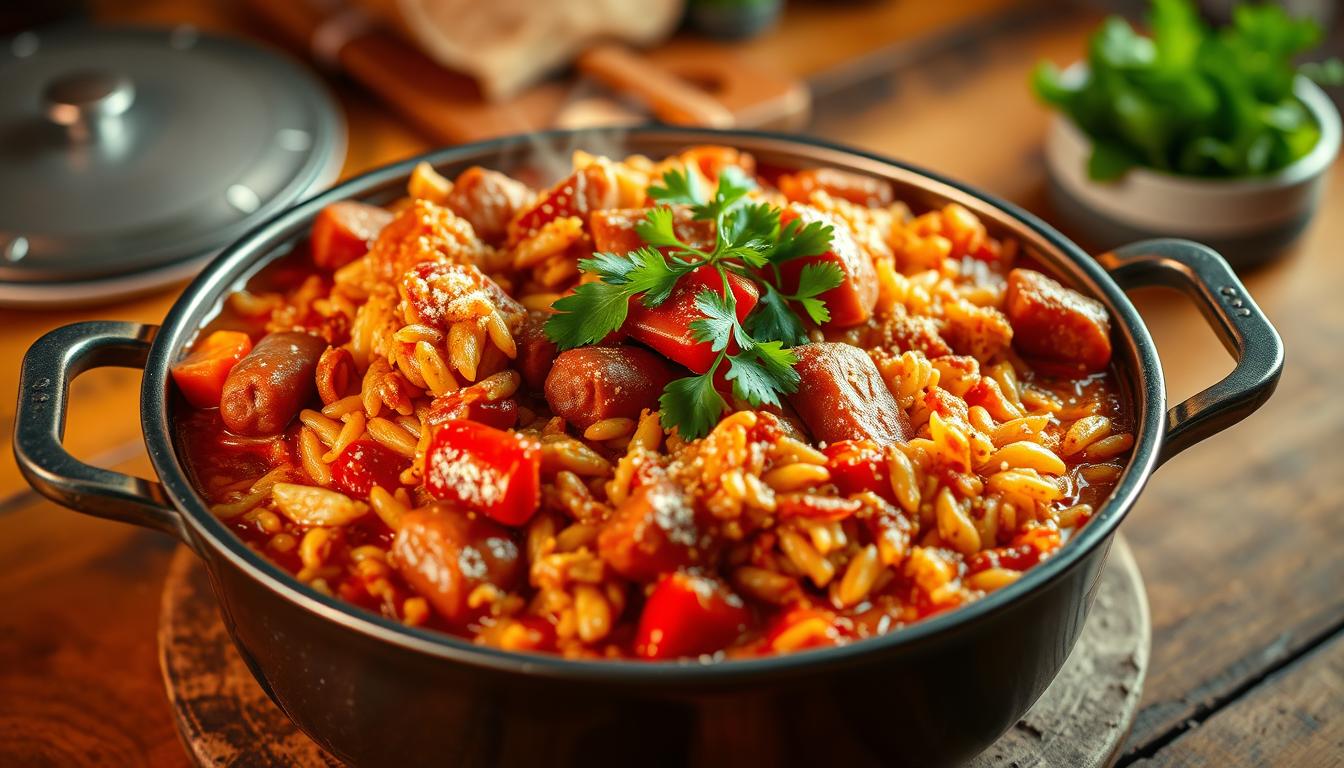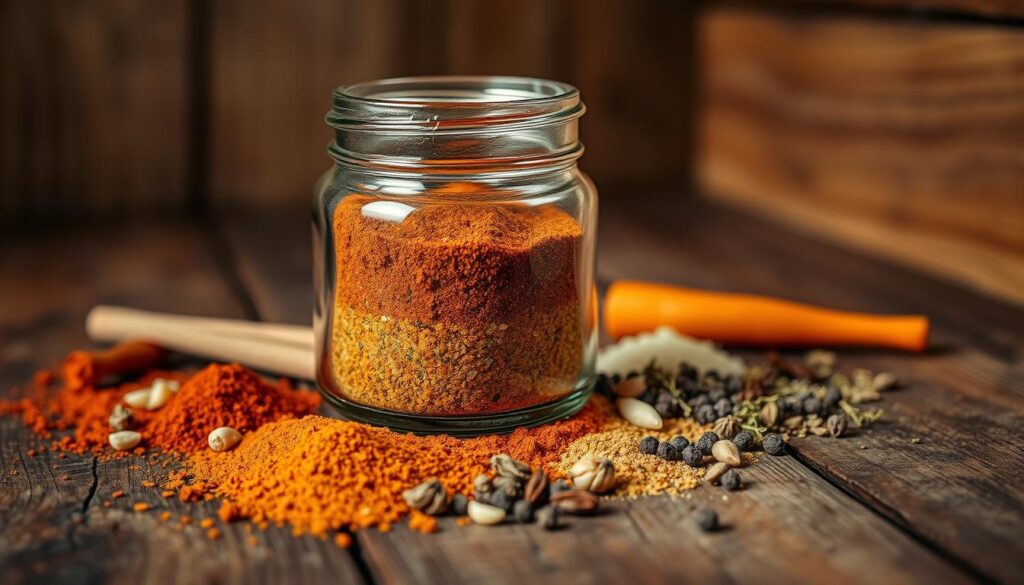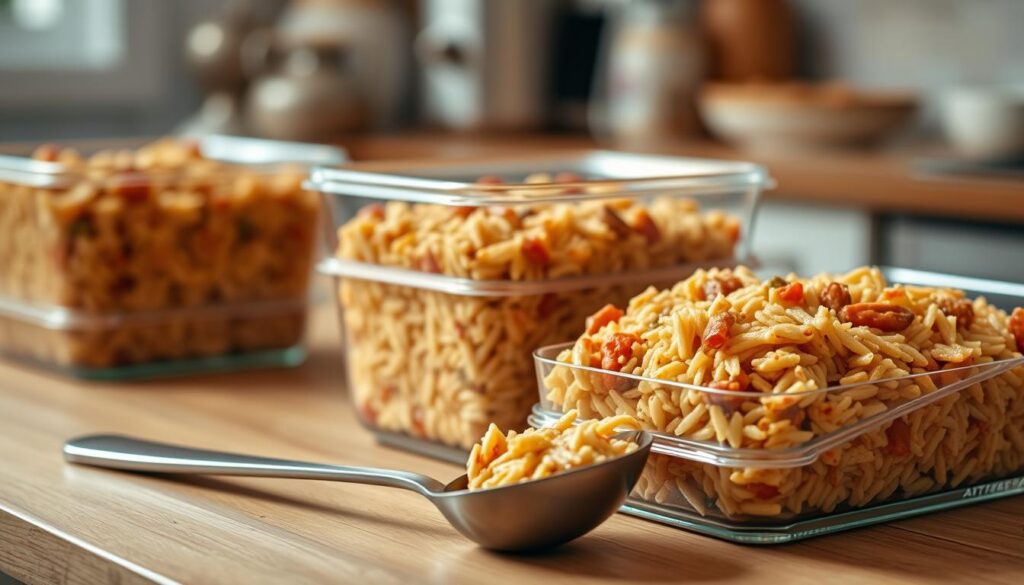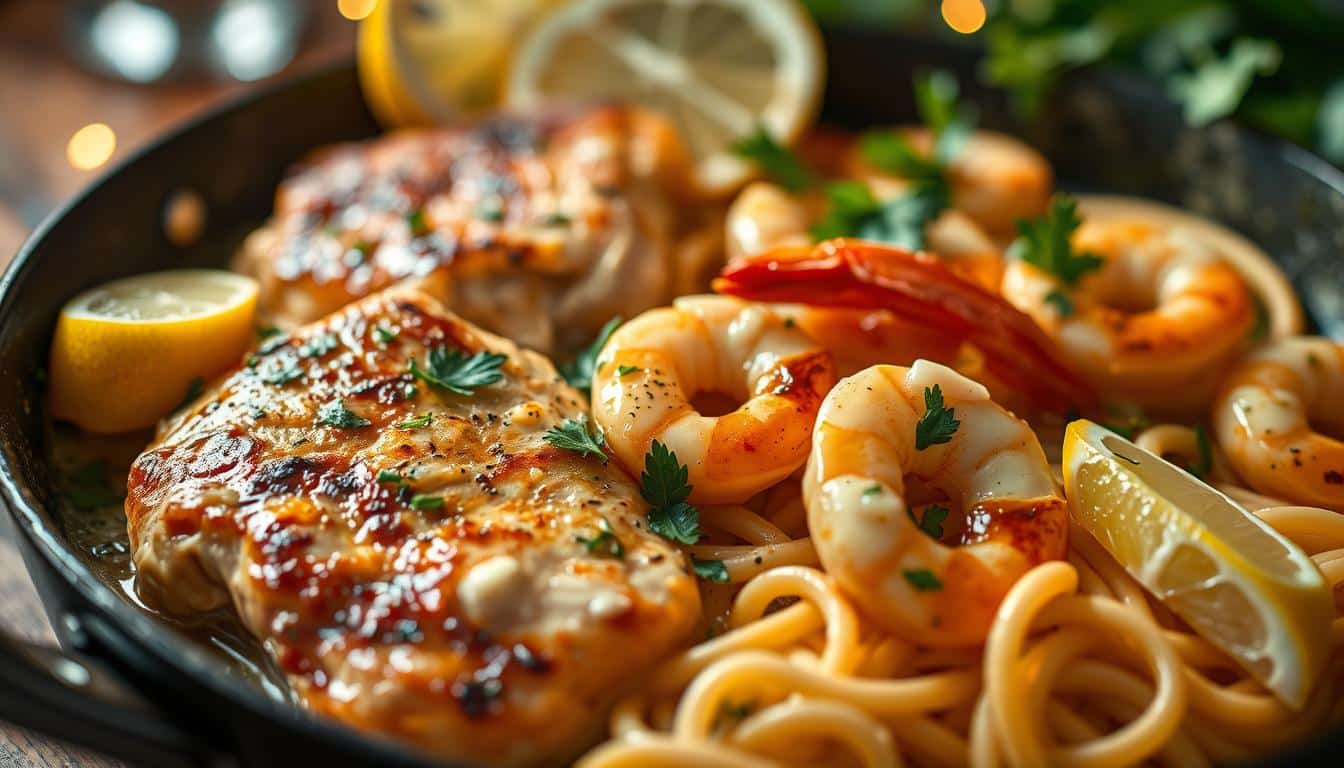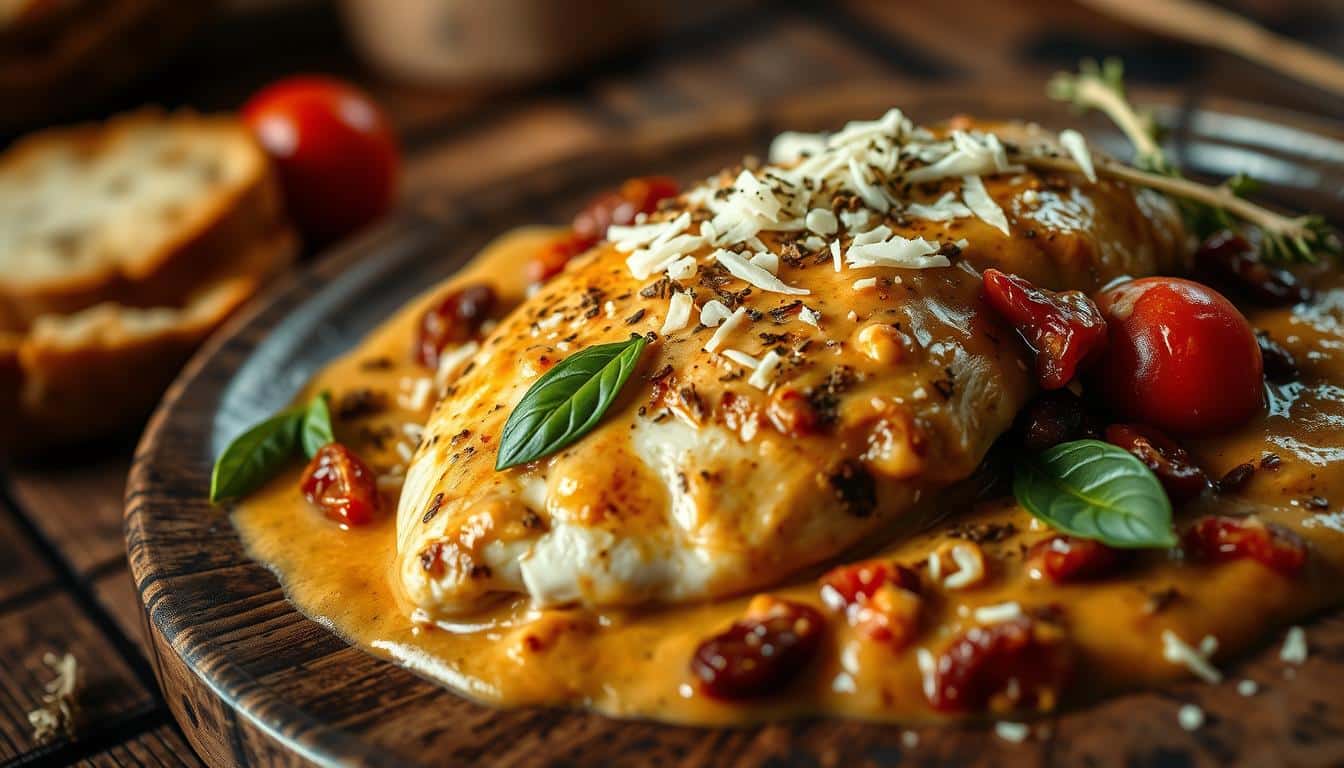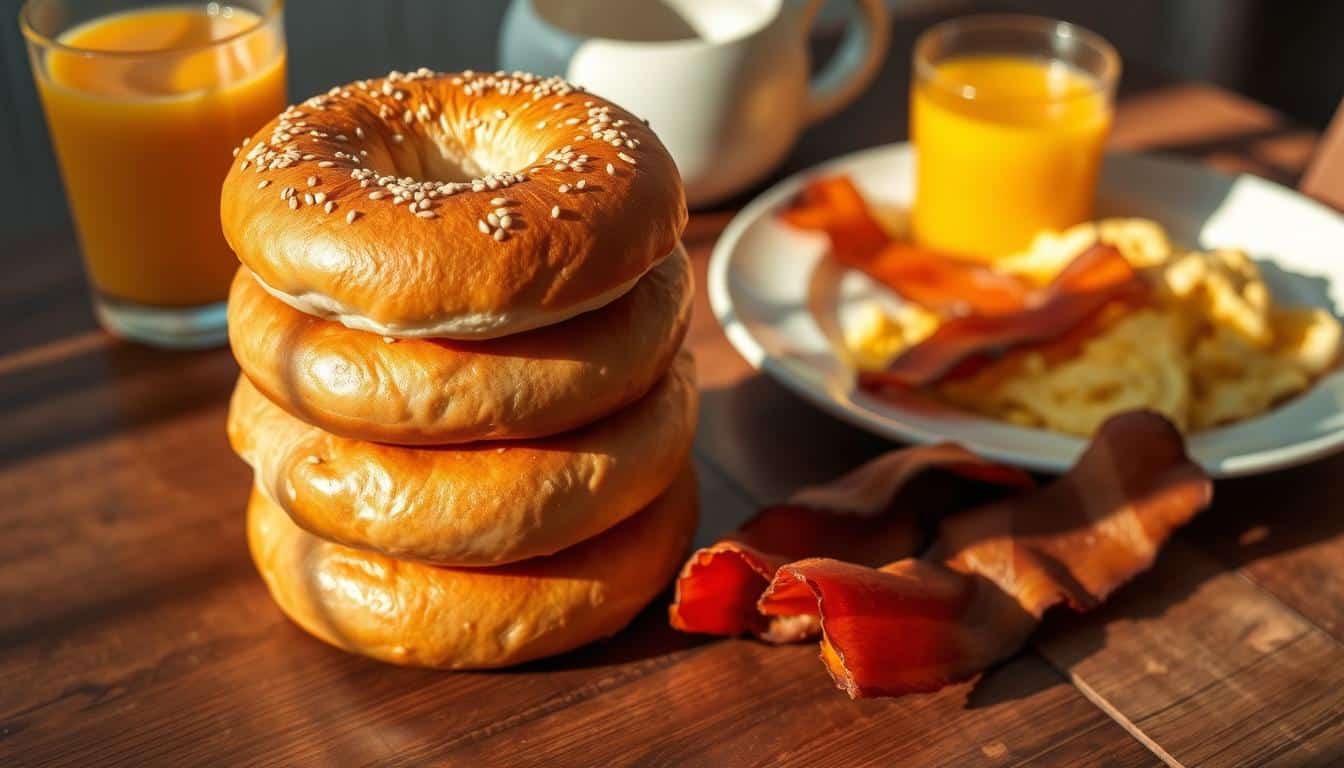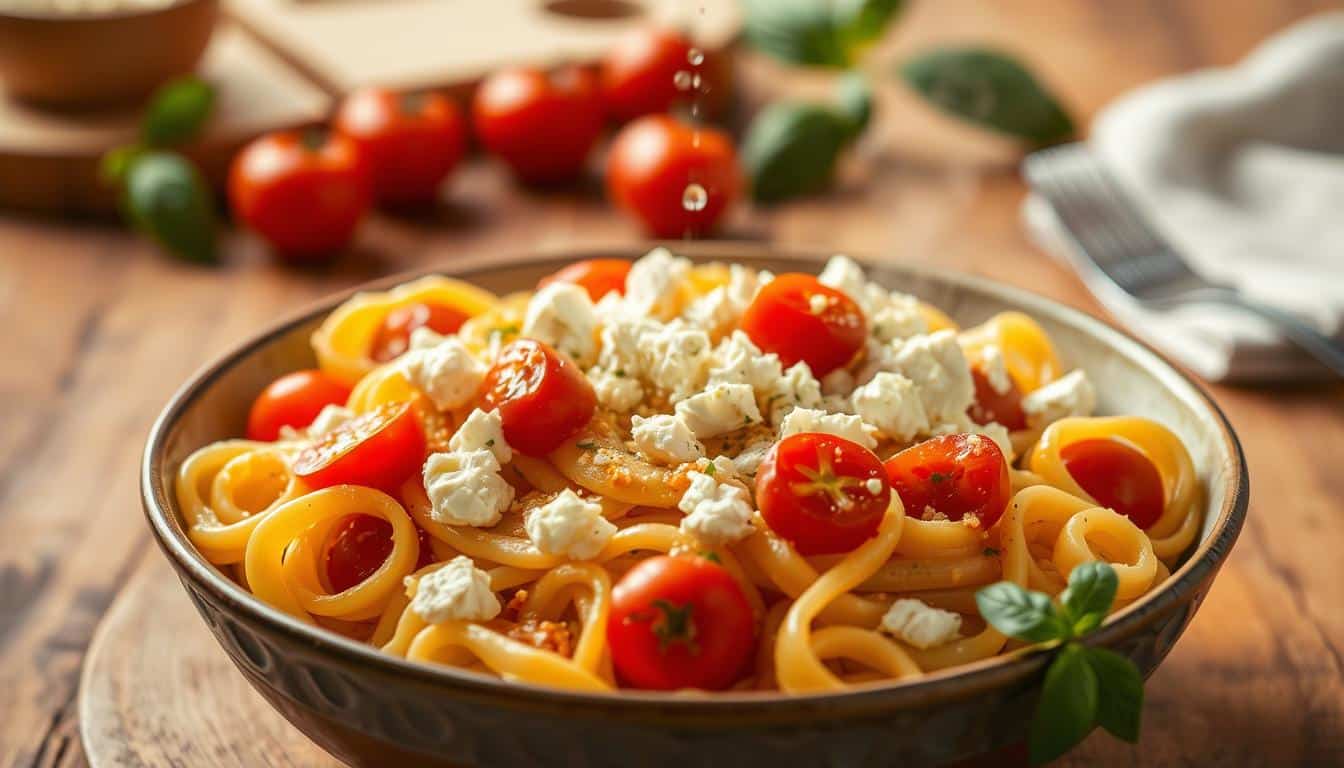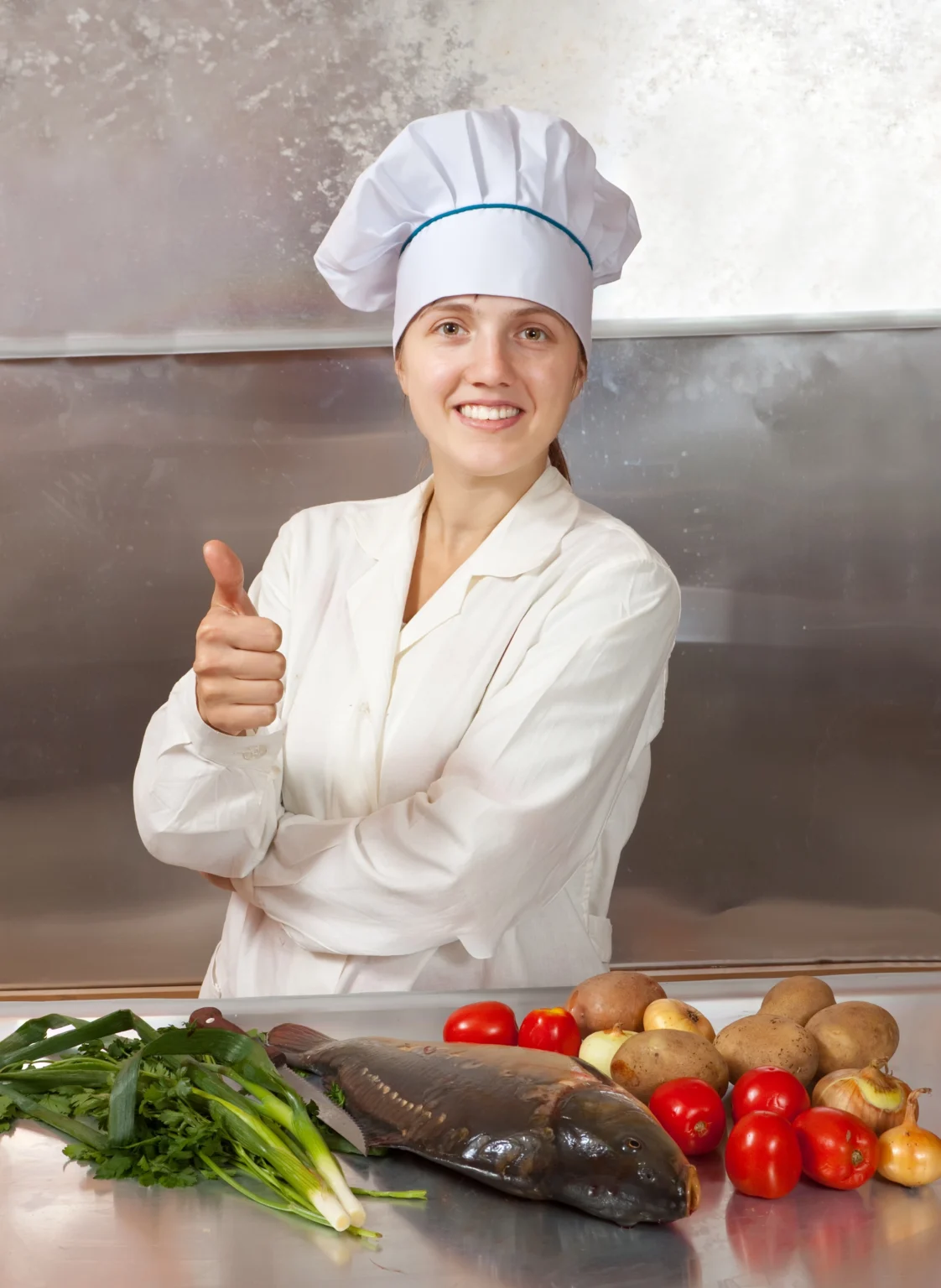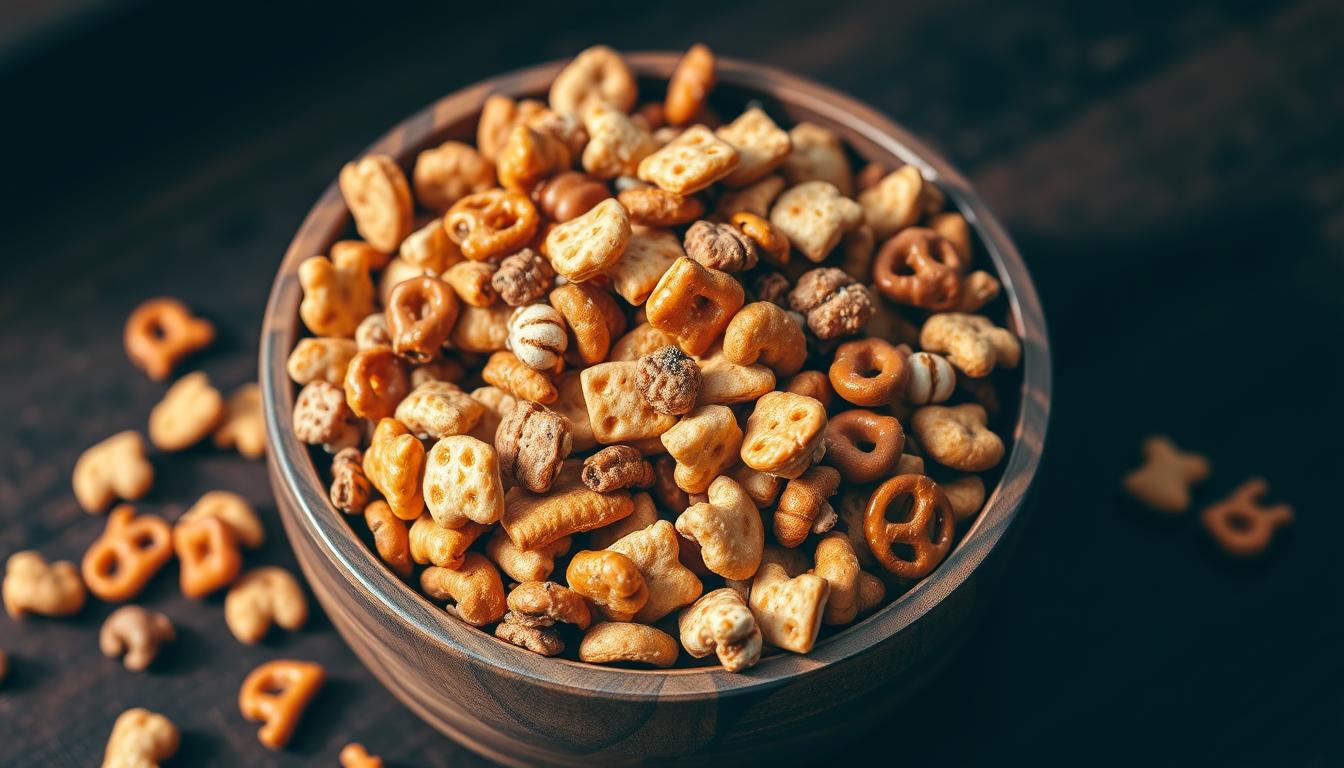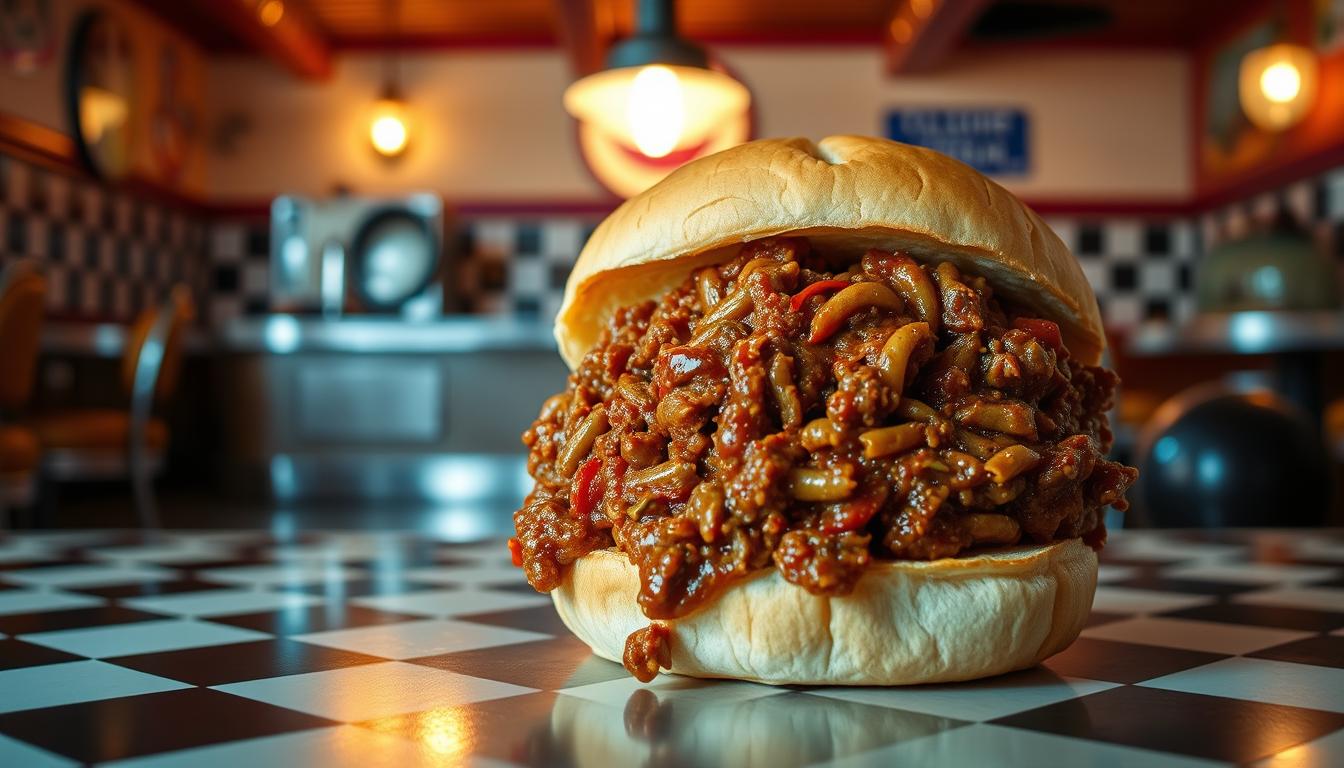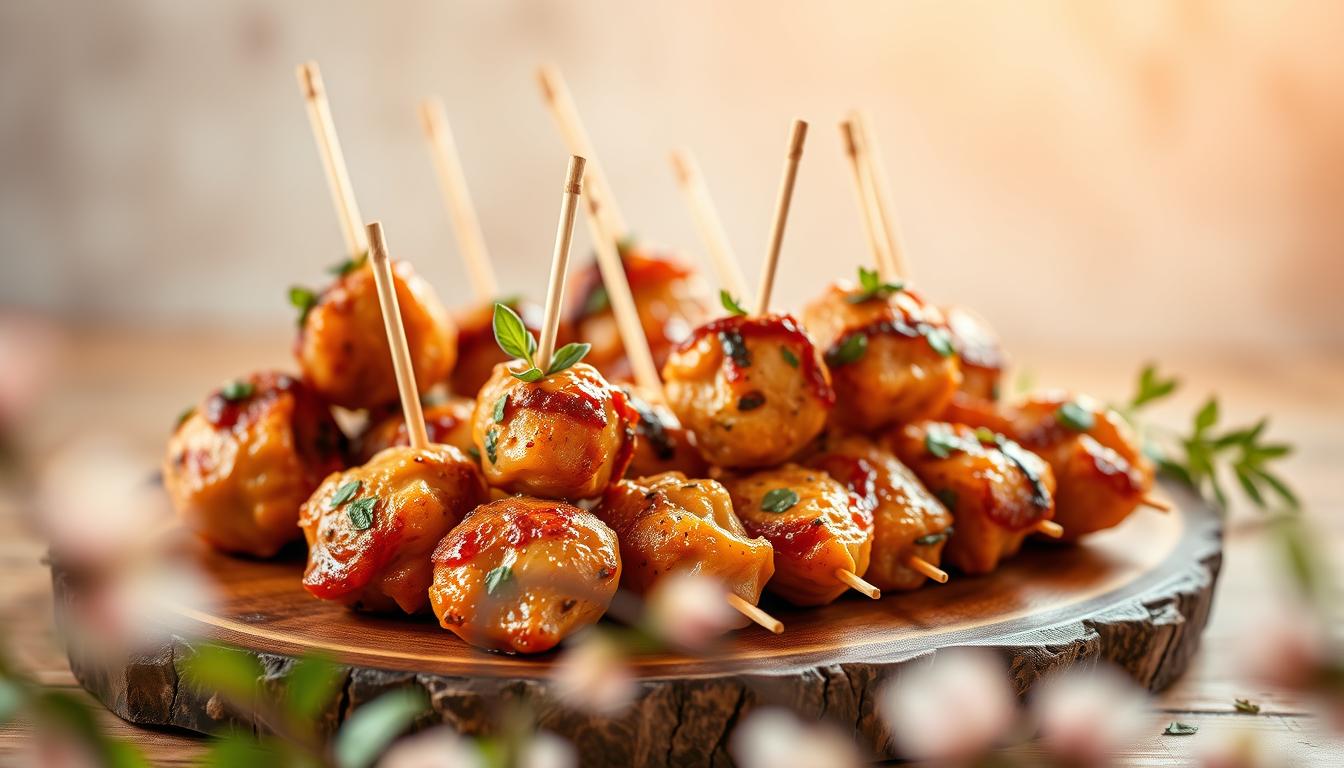When I first tasted authentic Cajun food in New Orleans, my world changed. Jambalaya is more than a meal; it’s a story of Louisiana’s rich culture. It’s filled with generations of flavor and passion.
This spicy rice dish is a celebration of community and tradition. It shows the amazing mix of cultures in Southern cooking. Your journey to making the perfect Cajun jambalaya starts here. Every bite is a story of warmth, heat, and amazing taste.
Whether you’re an experienced cook or just starting, this recipe will take you to Louisiana’s heart. It unlocks the secrets of a Southern classic that has pleased many for years.
Key Takeaways
- Learn an authentic Cajun jambalaya recipe
- Understand the cultural significance of this classic dish
- Master the art of creating a truly flavorful one-pot meal
- Explore the rich culinary traditions of Louisiana
- Discover tips for perfect spice and texture balance
Understanding Authentic Cajun Jambalaya Origins
Explore the rich history of cajun cuisine, where jambalaya stands out as a true masterpiece. It was born in Louisiana’s lively cultural scene. This dish is a tale of survival, adaptation, and tasty innovation across many generations.
The roots of jambalaya go back to Louisiana’s mix of cultures. People from France, Spain, Africa, and Native America all played a part in its creation.
Louisiana’s Culinary Heritage
Louisiana’s food scene is a mix of flavors and cooking styles. The state’s location and history led to the creation of amazing dishes like jambalaya.
- French settlers brought cooking techniques
- Spanish immigrants introduced rice cultivation
- African slaves contributed complex flavor profiles
- Native Americans shared local ingredient knowledge
Cajun vs Creole Jambalaya
Knowing the difference between Cajun and Creole jambalaya shows the depth of culinary traditions. Both styles have their own unique qualities that food lovers enjoy.
| Characteristic | Cajun Jambalaya | Creole Jambalaya |
|---|---|---|
| Cooking Style | Rustic, one-pot method | More refined, tomato-based |
| Primary Ingredients | Smoked meats | Seafood and mixed proteins |
| Color | Darker, brown tones | Reddish from tomatoes |
Traditional Cooking Methods
Traditional jambalaya making uses cast-iron cookware and outdoor cooking. These methods were passed down through generations. They help bring out the best flavors with minimal ingredients.
Every bite of jambalaya tells a story of tradition. It shows the strength and creativity of Louisiana’s diverse cultures.
Essential Ingredients for Perfect Jambalaya
Making authentic Cajun jambalaya starts with knowing its key ingredients. The heart of this classic Louisiana dish is in its carefully chosen parts. These parts bring rich flavor and traditional taste to your kitchen.
The foundation of any great jambalaya is the holy trinity vegetables. These are diced onions, celery, and bell peppers. Together, they create the flavor base that gives jambalaya its unique taste and aroma.
Key Protein Selections
- Andouille sausage (spicy and smoky)
- Chicken (boneless and cut into chunks)
- Shrimp (fresh or frozen)
- Crawfish (optional regional variation)
Essential Cajun Spices
Your spice blend is key for authentic flavor. Cajun spices usually include:
- Paprika
- Cayenne pepper
- Garlic powder
- Dried thyme
- Black pepper
Choosing the right rice is important. Long-grain white rice is best for traditional jambalaya. It absorbs flavors well and keeps a perfect texture. Pick a rice that can handle the bold cajun spices and hearty protein mix.
Additional Flavor Enhancers
- Tomato sauce
- Chicken or seafood stock
- Fresh garlic
- Green onions for garnish
Preparing these ingredients with care ensures your jambalaya will take you straight to Louisiana’s vibrant streets. Every delicious bite will feel like a trip to the heart of Cajun cuisine.
Kitchen Tools and Equipment Needed
Preparing a real jambalaya is more than just using great ingredients. Your cooking equipment is key to making the perfect dish. The right tools can turn a good meal into an amazing culinary experience.
Choosing the best pots for jambalaya is your first step to success. A few essential cooking tools will make your kitchen feel like a Cajun paradise.
Recommended Pot Types
When picking cooking utensils for jambalaya, look for heavy-bottomed pots. They spread heat evenly. Your best choices are:
- Cast iron Dutch oven
- Large stainless steel stockpot
- Enameled cast iron pot
Essential Utensils for Perfect Jambalaya
Stock your kitchen with these must-have tools:
- Sturdy wooden spoon for stirring
- Sharp chef’s knife
- Cutting board
- Measuring cups and spoons
- Long-handled wooden spatula
Temperature Control Tools
Controlling temperature is crucial for jambalaya. Get these tools for perfect cooking:
- Instant-read digital thermometer
- Heavy-duty kitchen timer
- Oven-safe meat thermometer
With the right jambalaya cooking equipment, you’ll make an authentic and tasty Cajun meal. It will impress your family and friends.
Best Meat Combinations for Authentic Flavor
Choosing the right meats for jambalaya is key to a tasty Cajun dish. The mix of proteins can change the flavor of your jambalaya a lot.
Andouille sausage is at the heart of traditional Cajun chicken jambalaya. It adds a deep, spicy flavor that makes the dish stand out. Paired with chicken, it brings together the true taste of Louisiana.
- Classic Meat Combinations:
- Andouille sausage and chicken
- Shrimp and andouille sausage
- Tasso ham and chicken
Choosing the right meats can make your jambalaya amazing. Here are some protein options that go well together:
| Protein Type | Flavor Profile | Recommended Pairing |
|---|---|---|
| Andouille Sausage | Spicy, smoky | Cajun chicken |
| Chicken | Mild, versatile | Shrimp or sausage |
| Shrimp | Sweet, delicate | Andouille sausage |
If you want vegetarian options, try firm tofu or plant-based sausages. They can give you the taste and texture of real meat. The goal is to keep the bold, lively flavors of Cajun jambalaya.
Cajun Jambalaya Recipe: Step-by-Step Guide
Learning to make Cajun jambalaya is all about precision and passion. This guide will help you through the key steps. You’ll make a true Louisiana classic that’s both authentic and delicious.
Understanding the details of jambalaya turns a simple meal into a journey. Success comes from knowing the right techniques and ingredients. These are what make the dish come alive.
Preparing the Holy Trinity
The holy trinity is the base of any Cajun dish. It’s a mix of diced veggies that add depth and flavor. Here’s how to get it right:
- Dice onions, bell peppers, and celery into uniform small pieces
- Use a sharp knife for consistent cutting
- Sauté vegetables in a heavy-bottomed cast-iron skillet
Cooking the Proteins
Choosing and cooking proteins is key in jambalaya. Here’s what to do:
- Start with andouille sausage for smoky flavor
- Brown chicken or shrimp separately
- Layer meats to build complex taste profiles
Rice Selection and Cooking Tips
The right rice is crucial for jambalaya. Here are some tips for cooking rice:
- Choose long-grain white rice for traditional texture
- Rinse rice before cooking to remove excess starch
- Use a 1:2 rice to liquid ratio for perfect consistency
- Cook rice slowly to absorb all flavors
By following these steps, you’ll make a Cajun jambalaya that’s sure to impress. It will capture the essence of Louisiana’s rich culinary tradition.
Seasoning Secrets and Spice Blends
Making the perfect cajun seasoning blend is key to a great jambalaya. Your spice mix can turn a simple dish into a masterpiece. It captures the true spirit of Louisiana cooking.
To make an amazing jambalaya spice mix, balance several important ingredients. A classic mix usually has:
- Paprika for deep red color and mild sweetness
- Cayenne pepper for signature heat
- Garlic powder for aromatic depth
- Dried thyme for earthy undertones
- Onion powder for savory complexity
When seasoning jambalaya, layering is key. Season your proteins first, then add more spices while cooking. This builds complex flavors that make jambalaya unforgettable.
Pro tip: Always taste and adjust your seasoning gradually. The goal is to create a balanced blend. It should enhance each ingredient’s natural flavor without overpowering them.
Your homemade cajun seasoning blend can be stored in an airtight container for up to three months. This way, you’re always ready to make a delicious jambalaya whenever you want.
Common Mistakes to Avoid When Making Jambalaya
Making perfect jambalaya needs skill and care. Many home cooks face issues that can mess up their dish. Knowing common mistakes helps you fix and enhance your jambalaya.
Rice Texture Challenges
Getting the right jambalaya texture is hard. Bad rice can spoil your meal. Here are key issues to watch out for:
- Using the wrong rice type
- Incorrect liquid-to-rice ratio
- Improper cooking time
Seasoning Balance Secrets
Seasoning is key to a great jambalaya. Fixing flavor issues needs a light touch. Avoid these seasoning mistakes:
| Problem | Solution |
|---|---|
| Over-salting | Add more rice or unseasoned proteins |
| Too spicy | Mix in sour cream or add more rice |
| Bland flavor | Increase Cajun seasoning gradually |
Temperature Control Mastery
Right heat is key for real jambalaya. Uneven cooking can mess up texture and taste. Use a heavy pot and keep the heat steady to avoid burning.
- Start with medium-high heat for sautéing
- Reduce to low-medium when adding rice
- Use a tight-fitting lid to trap steam
By avoiding these mistakes, you’ll make a meal that will wow your family and friends.
Storage Tips and Reheating Instructions
Storing jambalaya right keeps its flavors fresh and food safe. Let it cool down to room temperature in two hours. Use airtight containers to keep it from getting soggy or picking up bad tastes.
Refrigeration and Freezing Guidelines
Keep jambalaya in sealed containers in the fridge for 3-4 days. Freezing is great for longer storage. You can freeze it for up to 3 months, keeping it tasty and fresh.
Reheating Jambalaya Techniques
- Stovetop Method: Add a bit of water or chicken broth to stop it from drying out. Heat it on medium-low, stirring now and then.
- Microwave Method: Cover it and heat in 30-second bursts, stirring between each to spread the heat.
Creative Leftover Jambalaya Ideas
Make your reheated jambalaya into something new. Stuff bell peppers, make a jambalaya frittata, or fill empanadas with it. These ideas can make your dish feel like a whole new meal.
| Storage Method | Duration | Best Practices |
|---|---|---|
| Refrigerator | 3-4 days | Use airtight container, store below 40°F |
| Freezer | Up to 3 months | Use freezer-safe container, label with date |
By using these tips, your jambalaya will stay delicious and safe to eat for many meals.
Serving Suggestions and Side Dishes
Creating the perfect jambalaya meal is more than just cooking the main dish. Your Cajun meal presentation can make the whole experience unforgettable. It turns a simple meal into a memorable feast.
When picking what to serve with jambalaya, choose sides that match its rich, spicy flavors. The right side dishes can make your dish even better.
Traditional Accompaniments
Classic jambalaya side dishes that will delight your guests include:
- Crisp green salad with tangy vinaigrette
- Warm, buttery cornbread
- Creamy coleslaw
- Roasted garlic french bread
- Grilled vegetable medley
Beverage Pairings
Your drink choice can really make the jambalaya experience better. Consider these options:
- Crisp, cold lager beer
- Zesty white wine
- Refreshing sweet tea
- Sparkling water with lemon
Presentation Tips
To create an authentic Cajun meal presentation, focus on vibrant colors and rustic serving styles. Use cast-iron skillets or large ceramic platters. Add fresh herbs like parsley or green onions to make it look good and taste even better.
Remember, the key to an unforgettable jambalaya meal is balancing flavors, textures, and creating a warm, inviting dining atmosphere.
Conclusion
Learning to make cajun jambalaya is more than just a recipe. It’s about connecting with a rich Southern culinary tradition. The techniques you’ve learned turn simple ingredients into a vibrant, flavorful dish. This dish tells a story of Louisiana’s diverse cultural heritage.
Authentic cajun cooking tips are more than just following a recipe. They’re about understanding the soul of the dish and respecting its origins. Each time you prepare jambalaya, you’ll get better, bringing you closer to the heart of Cajun cuisine.
Be open to trying new things while staying true to traditional methods. Your unique touch can make this classic dish your own. Remember, great cooking is about passion, practice, and learning from each experience in the kitchen.
Keep exploring Cajun recipes, share your jambalaya with friends and family, and never stop learning. Your journey in creating an authentic cajun recipe is just beginning. The flavors of Louisiana await your personal interpretation.
